
Otago Strength and Balance exercises
Welcome to the Otago Strength and Balance programme. This programme of exercises is proven to improve your:
- Balance
- Muscle strength
- General fitness
- General well-being
You need to do the prescribed exercises three times a week. You can divide the exercises up. They do not all have to be done at the same time.
Safety
Never exercise holding on to an object which may move, for example a chair. Always use the side of something stable like a bench or solid table unless otherwise instructed. If illness stops you from maintaining the exercise programme contact your instructor before starting again.
Contact your doctor if while exercising you experience:
- Dizziness
- Chest pain
- Shortness of breath (you are unable to speak because you are short
of breath)
These exercises are designed to grade the ease with which you can carry them out. They need to be a bit of a challenge without risk of further falls. There is an option to do most of these exercises with varying levels of support depending on your balance and confidence.
Warm up
Always begin with a warm up to prepare your body for exercise.
Head Movements
|
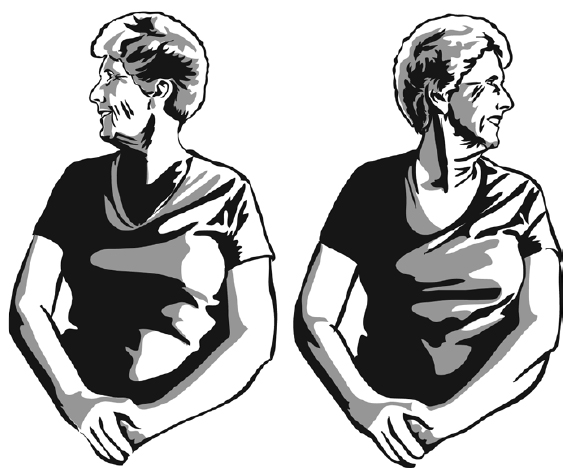 |
Neck Movements
|
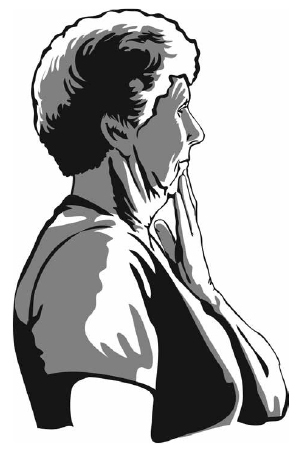 |
Back Extension
|
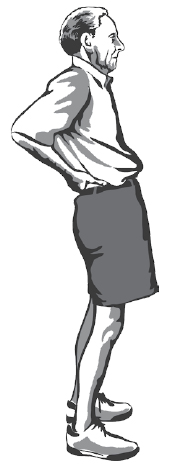 |
Trunks Movements
|
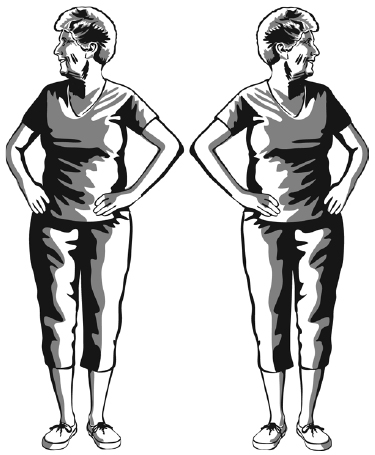 |
Ankle Movements
|
Strength exercises
Strengthening your muscles is important for maintaining healthy bones and muscles necessary for walking and being independent in your daily activities.
You should aim to do the strengthening exercises three times a week with a rest day in between.
Lift the weight slowly through the entire range of movement.
Never hold your breath while lifting. Inhale before lifting, exhale while lifting and inhale again while lowering the weight.You may feel a bit stiff after you first start to exercise. This is quite normal. It is because you are using muscles which may not be accustomed to the exercise. It is important that you keep exercising. The stiffness will leave as your body becomes more familiar with the exercise.
There are some handy tips for incorporating each exercise in to your day to day routine.
Front knee strengthening exercise
|
 |
Back knee strengthening exercise
|
|
Side hip strengthening exercise
|
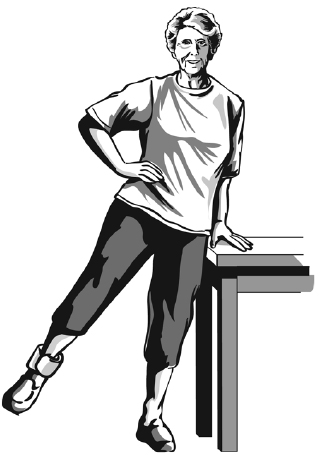 |
Calf raises – hold support
|
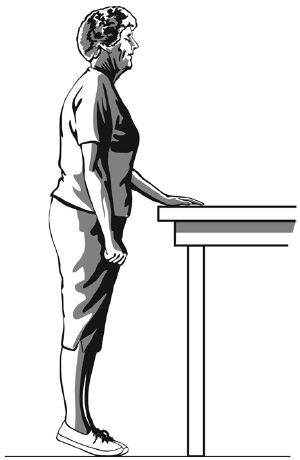 |
Toe raises – hold support
|
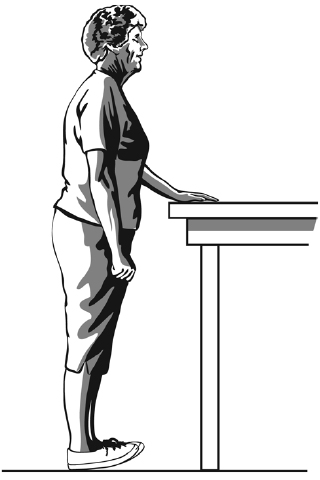 |
Backwards walking – hold support
|
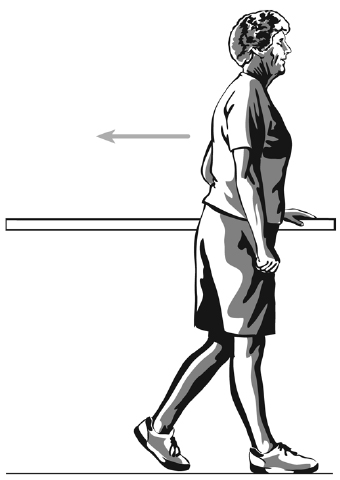 |
Walking and turning round
|
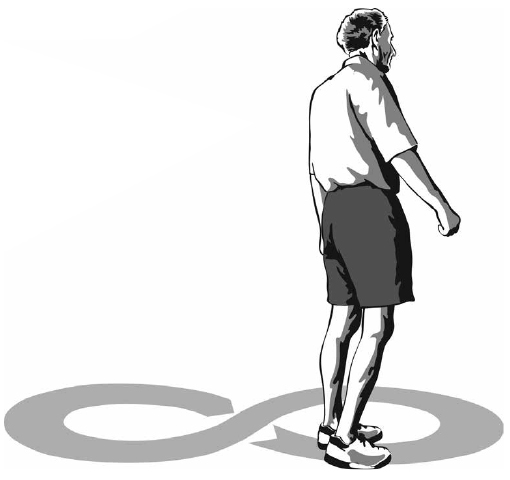 |
Sideways Walking
|
 |
Heel toe standing - hold support
|
 |
Heel toe walking - hold support
|
 |
One Leg stand - hold support
|
 |
Heel walking - hold support
|
 |
Toe walking - hold support
|
 |
Heel toe walking backwards - hold support
|
 |
Sit to Stand - two hands
|
 |
Stair walking
|
 |
Walking
- Walking is an excellent way to enhance your general fitness
- Try going for a walk on the days between your exercises
- Try to increase the distance you walk and the time you spend walking
Tips for Walking
- Wear comfortable shoes and clothing for walking
- Start with a warm-up marching on the spot for 2 minutes
When you walk
You should make sure:
- Your shoulders are relaxed and the arms gently swing
- You look ahead not down
- With each step the heel lands first, then you push off on the toes
- Finish with a warm-down i.e. marching on the spot for 2 minutes
- Enjoy yourself!
These exercises were designed by the New Zealand Falls Prevention
Group 2001. University of Otago Medical School Dunedin, New Zealand.
Copyright permission has been approved from the authors and
publishers of the original OTAGO programme.
More information
Contact the Physiotherapy Department on 0121 812 3254

